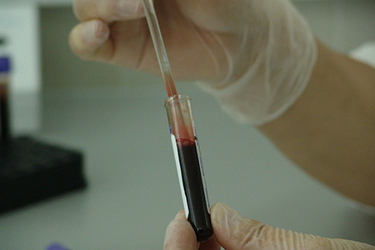Identifying Heterogeneity Within Rare Cell Populations By Pairing Single-Cell RNA-Seq With Cell Sorting

The adoption of single-cell techniques has highlighted important cell-to-cell heterogeneity in a wide range of research areas and has led to the realization that to truly understand human biology and disease we need to understand how the behavior of individual cells shapes biological processes.
Single-cell RNA-Seq (scRNA-Seq) has emerged as a powerful tool in this effort as it allows whole genome gene expression profiling of hundreds to thousands of individual cells in a single experiment. scRNA-Seq has enabled a wide range of discoveries including identification of new cell types linked to diabetes and Alzheimer’s disease (Keren-Shaul et al. 2017, Segerstolpe et al. 2016), investigation of developmental processes such as stem cell differentiation (Han X et al. 2018) and human embryo development (Petropoulos et al. 2016), and tracking of heterogeneity in cell response to drug treatment (Levitin et al. 2018) or during disease progression (Potter 2018). Key to these important discoveries was the ability to study cells in their true biological context (that is, living tissue) rather than studying these processes in immortalized cell lines.
Here we demonstrate that this already powerful method can be further enhanced by pairing it with cell sorting to enable characterization of rare cell populations such as CD34+/CD45+ human hematopoietic stem and progenitor cells (HSPCs). These cells are one of the rarest peripheral blood mononuclear cell (PBMC) subpopulations, present at less than 1%, but can be characterized in exquisite detail by using the S3e Cell Sorter upstream of the Illumina Bio-Rad Single-Cell Sequencing Solution to enrich for highly pure and viable CD34+/CD45+ HSPCs. Subsequent whole genome gene expression analysis of this rare cell type allowed us to identify and characterize three unexpected subpopulations within these samples.
Get unlimited access to:
Enter your credentials below to log in. Not yet a member of Cell & Gene? Subscribe today.
